What an amazing city. I came here for work 33 years ago and it was so wonderful to get back and see this beautiful city. The city hasn't changed a bit. The architecture and the cobblestone roads have an incredible feeling of history and grace. The city also has a very relaxed, low-key, enjoy the world type of attitude. There are restaurants and bars everywhere in all directions. In the summertime it is very crowded. People from all over Europe come to Prague to enjoy the history the fun and the food. There are many underground clubs and hidden away restaurants that have lots of entertainment. We went to two amazing Michelin star restaurants that we really loved. V Zatisi and Mlynec. Mlynec is right next to the St Charles Bridge. If you are lucky you can get a seat where you can look out at the bridge at night, it's beautiful. V Zatisi is an elegant and beautiful little getaway that has amazing food. The wine menu is extensive and they do prefixed menus that are amazing.
In the Lesser town district, just across the Saint Charles bridge there is a 911 memorial. The people of Prague gave this space to honor the firefighters and the policeman who died in the 9/11 attack. Lesser town also has the parliament building. This is where the government for both the Country and City preside. The buildings are spectacular and of course there are many cathedrals throughout the city.
In the Saint Vitus cathedral at the right time of day the sun shines through the stain glass windows it shines a beautiful, and colorful rainbow effect across the huge sand stone pillars.
Saint Vitus Cathedral
Klementinum Library
It’s also known as the National Baroque Library of the Czech Republic it was built in 1722 by Kilián Ignác Dienzenhofer.
It was originally constructed as part of the Jesuit University. According to a local legend, the Jesuits had just a single book when they arrived in Prague but eventually amassed a collection of 20,000 volumes!
Inside the Great Library are wonderful frescoes by Joself Hiebel that have been painted with the themes of sciences and the arts.
You’ll see the Temple of Wisdom from Greek mythology on the ceiling, medallions of important Jesuits and founders of the university.
St Charles Bridge
Charles Bridge spans the Vltava River, connecting the castle on one side with most of the original village on the other side. You might be thinking, “It’s just a bridge.” Sure, but there is so much more to the bridge than that. In fact, you should go to see it so that you can enjoy the views both up and down river from the bridge. Go to see the amazing way in which the bridge was constructed six hundred years ago with chiseled sandstone. Go to see the many statues that decorate the sixteen pillars that support the weight of this massive Charles Bridge. The Charles Bridge in Prague is a historic landmark renowned for its captivating beauty and medieval charm, offering breathtaking views of the city’s picturesque landscape.
Kanalizace Square
This area of Prague is more of a long promenade full of hotels, restaurants and shopping. This is the famous Square where the massive protest against the communist party started and ended. After weeks of total shut down of the city the communist government turned the country over to eventually become a democracy where Vaclav Havel was then elected president. They call it the velvet revolution because not a shot was fired.
Lennon Wall
Located in a small and secluded square across from the French Embassy, the wall had been decorated by love poems and short messages against the regime since 1960s. It received its first decoration connected to John Lennon—a symbol of freedom, western culture, and political struggle—following the 1980 assassination of John Lennon when an unknown artist painted a single image of the singer-songwriter and some lyrics.
In 1988, the wall was a source of irritation for Gustáv Husák's communist regime. Following a short-lived era of democratization and political liberalization known as the Prague Spring, the newly-installed communist government dismantled the reforms, inspiring anger and resistance. Young Czechs wrote their grievances on the wall and, according to a report of the time, this led to a clash between hundreds of students and security police on the nearby Charles Bridge. The liberalization movement these students followed was described as Lennonism (not to be confused with Leninism), and Czech authorities described participants variously as alcoholic, mentally deranged, sociopathic, and agents of Western free market capitalism.



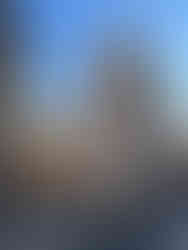












































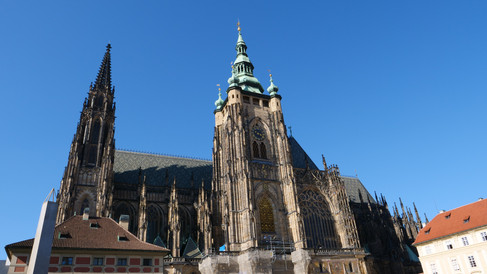
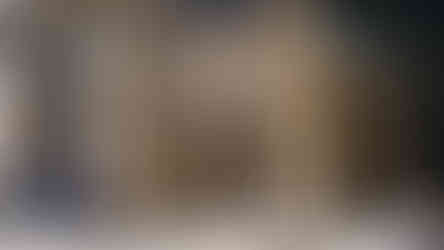




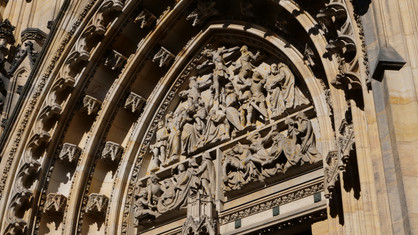








































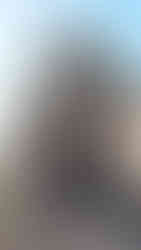









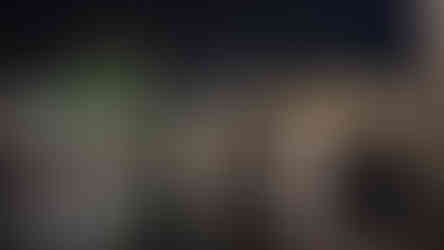









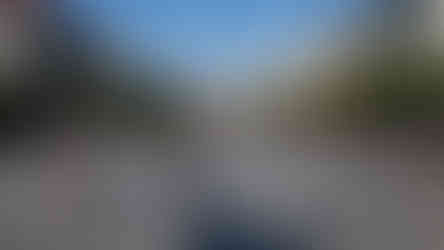


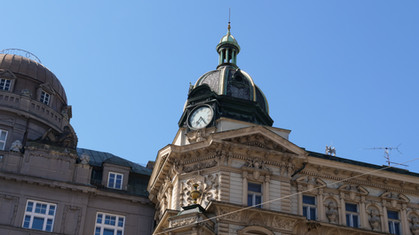










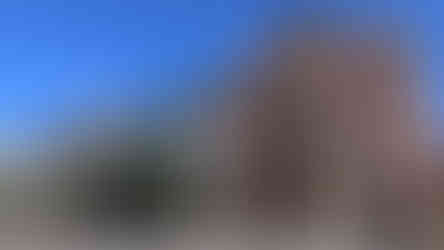














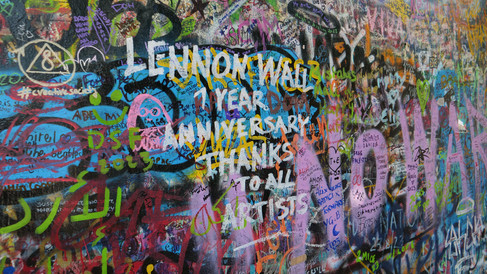


Comentários